Text
Mechanical Testing of Composites
As the demands for light-weight composite structures for aerospace, ground transportation, and environmentally sustainable energy systems develop, so do the mechanical testing requirements for composite materials, components and structures.
Anisotropic and inhomogeneous composite materials, for use in demanding structural applications, require a wide range of mechanical tests. Determination of properties requires tension, compression and shear tests. Qualification and materials development requires other test types to explore more complex properties, such as open hole tension/compression (OHT/OFC), inter-laminar fracture toughness, compression after impact (CAI) and fatigue.
Tests need to be conducted over a range of temperatures on materials that may have been conditioned in a variety of environmental conditions, such as high humidity and immersion in fluids.
Composite tests have been standardized by a number of organizations. The main international composite testing standards are those maintained by ASTM, ISO, CEN (European Committee for Standardization).
The most widely used testing methods are listed below:
TENSILE TESTING
In-plane tensile testing of plain composite laminates is the most common test.
Examples of common standards for the tensile testing of laminates are ASTM D 3039, EN 2561, EN 2597, ISO 527-4, and ISO 527-5.
Specimens are parallel sided, with bonded tabs to prevent the grip jaws from damaging the material and causing premature failures. Gripping mechanisms include manual and hydraulic wedge grips, such as the Tinius Olsen Hydraulic Tensile Grip.
Accurate alignment of the grips and specimen is very important when testing composite materials due to the fact that the anisotropic properties, such as the modulus and strength, of the material differ depending on the direction of the applied stress and are often brittle in nature.
Adjustable alignment fixtures are available to ensure that testing systems meet the alignment criteria required for reliable composites testing. To be effective, alignment fixtures need to allow adjustment of both concentricity and angularity, while the machine load-string is under load.
The accepted method of checking for alignment under load is to use a strain gaged “alignment cell or specimen.” The alignment cell should have dimensions that are as close to the specimens being tested as possible. Typically the alignment cell will be fitted with two or three groups of four strain gages.
Additionally, Tinius Olsen Horizon software is available that will provide a display of both the bending and the concentricity and angularity errors. This software identifies the adjustments that are required and displays, in real time, the effect of the adjustments, enabling accurate machine set-up in minutes.
Strain measurement for composites tensile testing is usually performed using either an extensometer or a bonded strain gage. The use of an extensometer is generally preferred as strain gages involve additional labor and cost.
COMPRESSION TESTING
Utilising the Tinius Olsen ST and SL series of UTM’s, composite compression test methods need to provide a means of introducing a compressive load into the material while preventing it from buckling. Most composite materials are produced in the form of laminate panels and, hence, the material being tested will be in the form of a relatively thin and flat rectangular test specimen.
There are several different compression test methods that utilize all possible combinations of the above methods of load introduction and buckling prevention. Common composites compression test standards include: ASTM D695, ASTM D3410, ASTM D6641, ISO 14126, and prEN 2850.
SHEAR TESTING
In-plane shear properties can be measured on a tensile test specimen with a ±45 degree fiber orientation. The specimen’s axial and transverse strain is measured using either strain gages or a biaxial extensometer. Standards for this test include ASTM D3518 and ISO 14129.
The inter-laminar shear strength test (ILSS), sometimes referred to as short beam shear, is a simple test performed using a small specimen loaded in a three point bend configuration.
The ratio of the specimen thickness to the support span is high; this helps generate large shear loads along the center line of the specimen. ILSS standards in common use include: ASTM D2344, EN2563 and ISO 14130.
COMPRESSION AFTER IMPACT TESTING
Damage tolerance is a major concern with composite laminates. Compression after impact (CAI) testing provides a measure of damage tolerance. The CAI test is usually conducted on a rectangular laminate panel. The test consists of two parts:
First, the panel is clamped around the periphery and then subjected to a controlled impact in the center of the panel (A drop tower is required to provide the impact),
Secondly, the panel is then placed in a jig and subjected to an edgewise compressive load until it fails. The failure load gives an indication of the residual strength of the panel after the impact damage. CAI standards in use include: ASTM D7136/D7137, ISO 18352, and prEN 6038.
FATIGUE TESTING
Compared to the large number of well-defined “static” tests on composite materials, fatigue testing of laminates is much more open. It’s important to have accurate alignment and correct gripping to avoid failures near the grip jaws. Also, high lateral stiffness is paramount to prevent buckling in tests that include compressive loading.
It should be noted that some of the anti-buckling guides used in “static” testing are problematic if used in cyclic testing due to friction effects. When conducting fatigue tests on polymer composites the maximum test frequency is limited by need to limit the temperature rise in the test piece e.g. the maximum temperature rise recommended by the ISO 13003 fatigue standard is 10 C.
Fatigue testing software is now available which is capable of monitoring the test specimen temperature and intelligently adjusting the test frequency to minimize the test duration, while ensuring that the specimen does not overheat. Finally monitoring damage and defining failure of a composite material in a fatigue test is not straightforward—a common means of tracking damage is by monitoring the change in specimen stiffness during the test, but de-lamination damage has little effect on the tensile stiffness.
TEST ENVIRONMENTS
The most common test environment for composite materials is temperature (generally in the range -80 to 250 C). Specimens are often pre-conditioned in different environments prior to testing. Pre-conditioning is often in hot/wet conditions; however exposure to fluids (e.g. water, fuel, and hydraulic fluids) are also used.
Short duration testing including tensile testing of pre-conditioned composite materials can generally be conducted in a temperature-only environment. Chambers designed for testing at low and high temperatures are generally equipped with forced convection for heating and liquid nitrogen injection systems for cooling.
The mechanical testing of composite materials is complex, involving a range of test types, a plethora of standards, and the need to condition and test in a variety of different environments. Life is made easier with Tinius Olsen, well-aligned test machines and grips, interchangeable test fixtures, and test software with pre-configured test methods.
0 notes
Photo
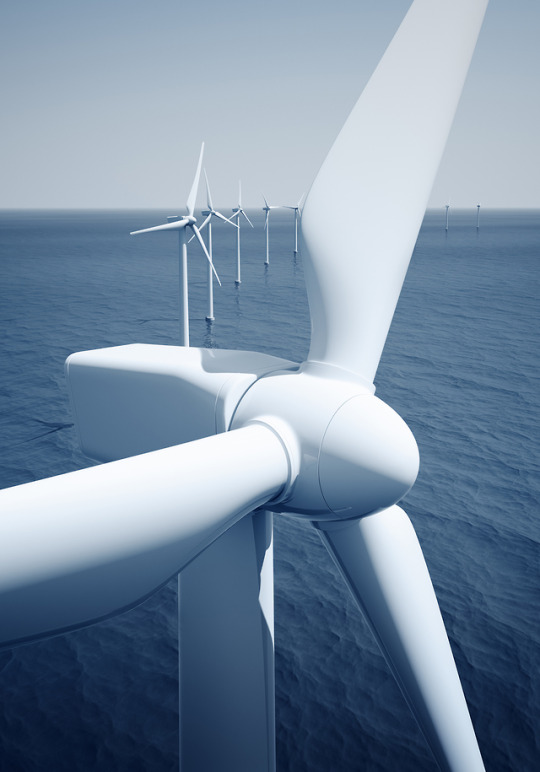
Tinius Olsen plays a crucial role in ensuring safety-critical fasteners for wind turbines.
Tinius Olsen plays a crucial role in ensuring safety-critical fasteners for wind turbines reach the marketplace at the highest quality possible.
Global manufacturers Cooper & Turner, who have established operations in the UK, China and USA, have been a vital part of the renewable energy industry for over two decades, producing bolts and fixings for the entire wind turbine structure. This includes towers in some remote and challenging environments, such as offshore wind farms.
“We started servicing the wind turbine market more than 25 years ago, long before it became an integral part of the global energy supply,” says David Briggs, Head of Global Quality and Technical Information at the Cooper and Turner Group.
“The manufacture and provision of high quality, safety-critical fasteners, with the ability to operate in some of the most hostile environments in the world, has gained us an unrivalled reputation in the wind turbine marketplace.
”Quality control and safety is where Tinius Olsen has been an integral part of the production process. Cooper & Turner have been using a Tinius Olsen Super L Universal Testing Machine for over 10 years, and it has proved to be one of the most reliable machines within the production process.
“The Tinius Olsen Super L is utilised multiple times per day, with its maximum capacity of 3000kN ensuring the testing of each of our safety-critical fasteners meet all international standards and beyond.”
“We currently supply to all aspects of wind turbine construction including Foundation, Tower Construction, Blade to Hub, Nacelles and Off-shore Transition Pieces. All have their specific tolerances due to the different stresses generated by the motion dynamics throughout the structure.”
With this in mind, all steel is purchased to Cooper &Turner’s own internal specifications, which have been developed over the years to ensure the right tensile strength while still maintaining good ductility. Because these products are used for both onshore and offshore turbines, they must also be extremely robust.
“Bolts have diameters ranging from M16 right up to M80, are generally made of alloy steel, and are heat treated to meet the mechanical properties of ISO898-1 property class 8.8 and 10.9.
“Most fasteners within a turbine are installed by Torque so we have to ensure the product we supply hits the target preload and a determined Torque. The Tinius Olsen machine is capable of applying a torque of 60,000Nm and measuring loads of up to 5000kN.
”The company have their own in-house testing facility, specialising in destructive and non-destructive metal testing and are one of the few within the industry capable of testing large bolts full size.
Other in-house testing includes salt spray testing, tensile testing, as well as Charpy, Rockwell and Micro hardness.
“Over the last 10 years the Tinius Olsen Super L has enabled us to stand out from our peers. Our customers are able to relax knowing that because of this excellent machine, we are able to test our critical products to the maximum safety requirements.”
For further information contact Richard Coombs on [email protected]
#testing#windenergy#industry#greenenergy#manufacturing#materialstesting#engineering#sustainableenergy#tiniusolsen
0 notes
Photo
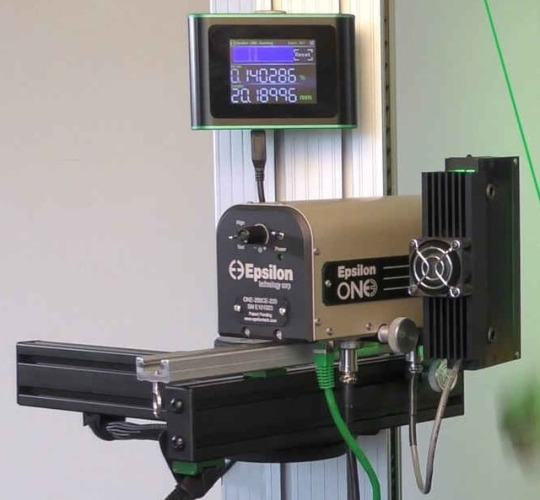
Video Extensometry
Improvements in both video technology and computer software has a new generation of non-contact extensometers coming to the fore; the video extensometer.
Video extensometers have many advantages. They give users greater flexibility and the best available accuracy across a broad range of applications.
“A video extensometer is a non-contact strain measurement device that has no contributing influence on the specimen being tested,” says Shawn Byrd, Technical Manager at Tinius Olsen
“A VE works by measuring the strain on material samples. Specimens are often provided with lines, dots or various patterns of black-and-white marks. The sensors and software algorithms within the video extensometer detect the motion of these marks and thus the change in length/displacement during the test.”
“Brittle or thin materials benefit particularly from this non-contact solution, as well as samples that release energy at failure, such as a boost at break with cables, ropes or belts. Measurements inside a thermal cabinet or environmental test chamber are also included.”
The Epsilon One is a perfect example of a modern video extensometer and one easily applied to all Tinius Olsen machines. It is inclusive of hydraulic and electro-mechanical platforms, with the ability to be configured for R&D as well as commercial and academic laboratories. It is capable of achieving ASTM E83 class B-1, and ISO 9513 class 0.5 accuracy levels. The system also has a laser assist alignment feature that speeds sample placement and it is designed for fast repetitive testing.
“It has numerous material applications, including metals, plastics, composites, elastomers. It also has ease of mounting, laser alignment as well as always on and real time analysis. The technology also works well for tests where elongation and variation of section measurement are needed, as well as tests where transverse elongation and r & n values are required for ISO 10113 and ISO 10275. In addition, various high strain, small sample geometry is a great candidate for a video extensometer.”
Recent improvements in video technology and image analysis software, such as Tinius Olsen’s own Horizon product, has seen materials testing system manufacturers focus on video extensometers (VE) to provide accurate measurement for a number of specific applications. They are especially effective where contact extensometers might have an adverse impact on test results or accuracy.
“Video Extensometers have been around since the early 1990’s, with the latest VE technology instruments an attractive replacement for mechanical extensometers, laser-scanning systems and strain gauges.”
“They offer many benefits and provide a number of advantages compared with traditional contacting devices This includes no influence on the test specimen, negating errors due to worn or damaged parts or inertia from moving parts and no damage as a result of energy release at failure.”
VE technology’s greatest advantage, however, is its versatility. It is simple and easy to use. One camera can be utilised for both longitudinal and transverse strain measurement, with only a simple adjustment and alignment, with respect to the test axis, being required. The technology permits multiple fields of view as well as multiple strain and material tests and real-time viewing and analysis.
Also, as no load is introduced into a sample, break and slippage due to knife edge engagement is a non-issue.
Application
VE lends itself to a wide range of applications. The technology is especially well suited for rigid materials such as metals and composites, plus a wide range of other materials lend themselves to non-contact tensile strain measurement, such as plastics, textiles, paper, thin sheets, foils and wires.
“The technology is appropriate for conducting a variety of test procedures such as the measurement of material properties and true strain controlled tensile tests. It also includes exploration of cracks, investigation of strain behaviour on dynamic tensile tests, dynamic and high-speed tests and vibration analysis.”
As an example, an R&D lab performs tension and compression tests on a variety of materials ranging from metal and wood to elastomers and plastics. In addition, it has several different traction machines with different interfaces and multiple gauges that utilise different ranges and technologies.
“Of all the available extensometer solutions, only VE offers the versatility and adaptability to meet all of the testing laboratory’s needs. It enables the lab to conduct tests that measure only a few millimetres with an accuracy of 0.1µm, up to 100 millimetres, with only two focal lengths. With its digital and analog interfaces, VE is compatible with all of the lab’s tensile test machines.”
“VE also solves many of the problems that can occur when a specimen has relatively soft edges like a thermoplastic or has features that can rupture or break, causing damage to a clip on extensometer. Overall, VE provides users with a high-performance, high-accuracy and reliable solution for a host of test and measurement applications.”
Operation
Video extensometry incorporates a high-resolution digital camera with advanced real-time image processing to make highly precise strain measurements of a variety of specimen types. The video camera captures the image, which is transferred via an IEEE 1394 (Firewire) interface to a PC or laptop computer.
Longitudinal strain is determined by measuring the change in distance between two line markers that are applied to the test specimen with a colour marker, sticker or clamp. A variety of optional marking pens and target applicators are available.
The video extensometer determines the position of the markers through changes in the brightness of the light/dark edges of the markers. The camera digitises the image, and image analysis algorithms measure the change in grayscale along one image line on the specimen surface. These algorithms allow the instrument to measure edge positions with sub-pixel accuracy.
The transverse deformation is calculated from the measured change in the width of the specimen. Gauge length is automatically measured at the beginning of each test and used for strain calculation, eliminating errors due to inaccurate specimen marking.
The measured values are transferred from the video extensometer to a tensile test machine through a digital or analog interface. The tensile testing machine can then record and post process every measurement in the same way as other strain sensors or gauges. Typically the E-modulus and Poisson’s ration are calculated.
Features and Capabilities
The current generation of VE equipment feature modern, configurable and intuitive user interfaces as well as a wide range of options for data communications, management and export. Its multithread-analysis-kernel supports multi-core processors to achieve low processor load.
A variety of templates are available for different measurement tasks. Connecting a video extensometer to a tensile testing machine also allows for fully automatic operation.
Depending on the type of camera (high-accuracy versus high-speed), VE is capable of significantly different accuracy and sampling rates. With a high-accuracy, 2-megapixel camera, accuracy is 0.002% strain (1µm@100mmFow) and the sampling rate is 50Hz, while the fast version camera offers VGA resolution, a 0.02% strain (10µm @ 100mmFow) and a 4000Hz sampling rate.
“Of all the available extensometer solutions, only VE offers the versatility and adaptability to meet all of the laboratory’s needs. With it, the lab can conduct tests that measure only a few millimetres with an accuracy of 0.1µm up to 100 millimetres, with only two focal lengths. With its digital and analog interfaces, VE is compatible with all of the lab’s tensile test machines.”
“VE also solves many of the problems that can occur when a specimen has relatively soft edges like a thermoplastic or has features that can rupture or break and cause damage to a clip on extensometer. Overall, VE provides users with a high-performance, high-accuracy and reliable solution for a host of test and measurement applications.”
“The best choice for a particular material or application might not be the right choice for another. Keeping that mind, given recent improvements in both hardware and software, extensometer users need to seriously consider video extensometers based on their flexibility, versatility, reliability and cost-effectiveness over a wide range of materials and applications.”
Shawn Byrd is technical manager at Tinius Olsen, and his primary focus is on materials testing and the application of various standards to different testing platforms that help evaluate materials and products.
He is a member of ASTM Committees C09 on Concrete and Concrete Aggregates, D30 on Composite Materials, E28 on Mechanical Testing, and F16 on Fasteners. Involved with independent testing labs in the United States, China, India, and Singapore, he has also completed numerous Nadcap, American Association for Laboratory Accreditation, and ISO audits.
#metrology#precision#accuracy#astm#extensometry#tiniusolsen#flexibility#computersoftware#epsilon#video#materialstesting#technology#analysis
0 notes
Photo
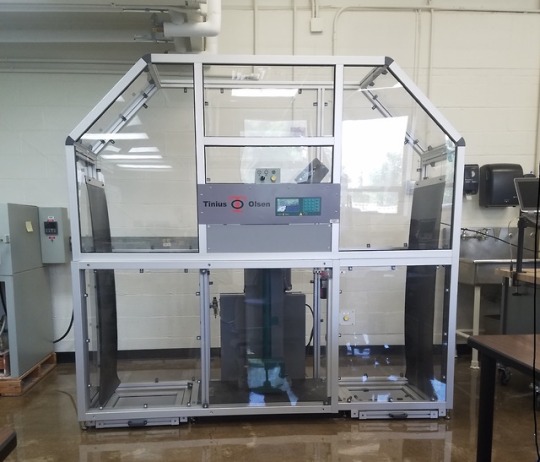
Cincinnati State Technical College, a Tinius Olsen Success Story
Tinius Olsen has helped one of the leading Technical Colleges in America, the Cincinnati State Technical and Community College, to up-grade and further develop its materials testing laboratory.
This is the culmination of a partnership between the two organisations that goes back to the establishment of the College in 1969, as Mike DeVore, Professor & Program Chair of the Mechanical Engineering Technology & Welding Technology Dept explains:
“I started teaching at Cincinnati State 29 years ago and at that time we had a very old Tinius Olsen tensile test machine that still worked extremely well on a day to day basis.”
“Our testing lab had been in operation since almost the establishment of the school so we decided to update our lab in 1993 and, due to the reliability and generally good history that we had with the old machine, I decided to purchase another from Tinius Olsen.”
“I visited the factory in Pennsylvania and was very impressed with the quality of work and professionalism of the employees at the company, so we purchased our second Tinius Olsen machine, a 60L Super L Tensile Tester. Again we enjoyed great service with the machine until the controls unfortunately failed last year.”
“Fortunately, we had obtained funding to upgrade our materials test lab with all new equipment and it was a relatively easy decision to once again look to Tinius Olsen, thanks in the main to the great experience we have had with the company over the years. It was also important to me to try to purchase American made equipment, whenever possible.”
The machines installed at the Colleges’ testing lab are a 10,000 In/lb Bench Top Torsion Tester, a Model IT406 Pendulum Impact tester, four Rockwell and one Brinnel Hardness Testing machines, as well as retro-fitting the 60L Super L. This has resulted in a substantial investment by the College into their state of the art testing laboratory, which should see at least another 30 years problem free use.
“The new equipment is used in several courses within our Mechanical Engineering Technology, Welding Technology, and Civil Engineering Technology programs. The primary use is in our MET 140 Engineering Materials course where our students spend the semester doing destructive testing.”
“Between the three programs we have over 500 hundred students - all of which will use this lab at some point in their curriculum. The tests we currently perform within the lab include Tensile, Bend, Hardness, Torsion and Impact testing as well as Heat treating.”
Cincinnati State Technical and Community College, which is celebrating its 50th anniversary this year, provides student-focused, accessible, high-quality technical and general education, academic transfer, experiential and cooperative education and workforce development.
The College offers more than 130 associate degree and certificate programs through its four academic divisions and the Workforce Development Center.
“We have a long history with Tinius Olsen. We have used their material testing equipment for nearly 50 years here at Cincinnati State and intend to keep the relationship intact for years to come. They are a great American company and we are proud to use their equipment to educate our students,” continued Mr DeVore.
“Through the use of our Tinius Olsen equipment we are able to prepare our students to go out into industry with a thorough knowledge of material testing. Tinius Olsen test equipment is used by many of our employers and they appreciate the fact that our students are learning to use industry standard equipment.”
#testing#education#cincinnati#commitment#support#cincinnatistatecollege#materialstesting#students#programs#hardnesstesting#tensile testing#torsion#engineering#technology#impacttest#degree#courses#curriculum#equipment#madeinusa#prepare#employers#industry#standards#teaching#testing labs#reliable#relaibility#rockwell#brinell
1 note
·
View note
Photo
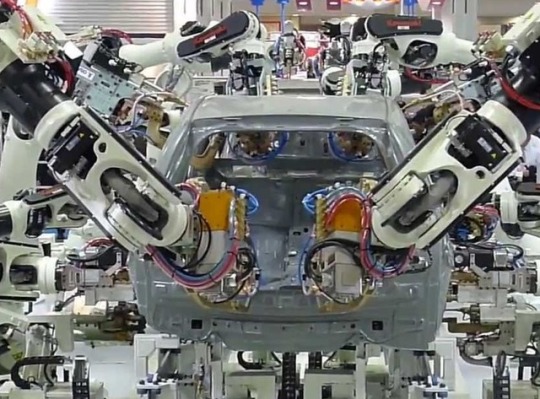
The quality of any vehicle is the culmination of each testing department’s consistent focus in their respective fields, be it metals, plastics or composites
https://www.tiniusolsen.com
#automotive#safety#metals#composites#plastics#machinetools#precision#calibration#machines#electromechanical#manufacturing#engineering#materials#systems#quality
0 notes
Photo
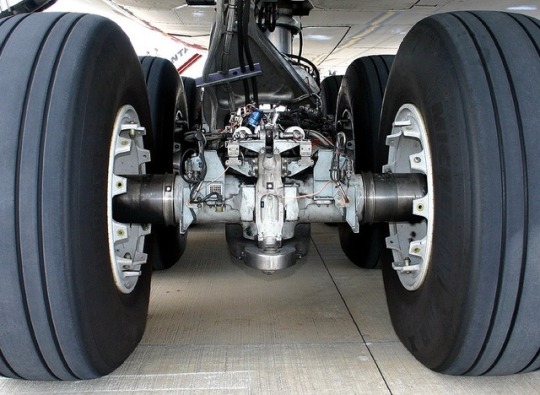
Creating high performing and safer aircraft and components, capable of sustaining many hours in flight, saving energy as well as guaranteeing a contained environmental impact is key in today's competitive aerospace industry
https://www.tiniusolsen.com
#testing#aerospace#safetyfirst#machinetools#materialstesting#precision#machines#metals#automated#manufacturing#automotive#quality#plastics#capacity#packaging#hydraulics#materials#safety#designed
0 notes
Photo
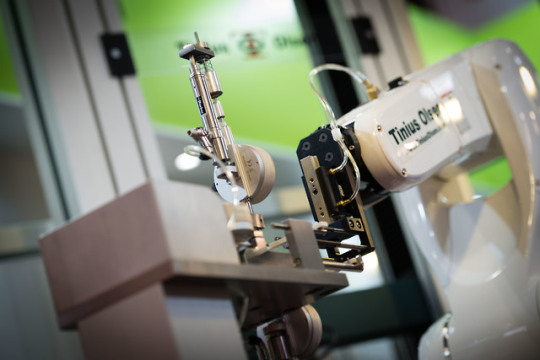
Results acquired by the Tinius Olsen automated materials testing systems are reported in accordance with the relevant test standard be it ISO, ASTM, JIS, GB or GOST standards
https://www.tiniusolsen.com/tinius-olsen-products/automated-system
#testing#automation#software#calibration#materialstesting#hydraulic#robot#systems#machine#machines#test#metals#manufacturing#performancetesting#tests#automotive#quality
0 notes
Photo
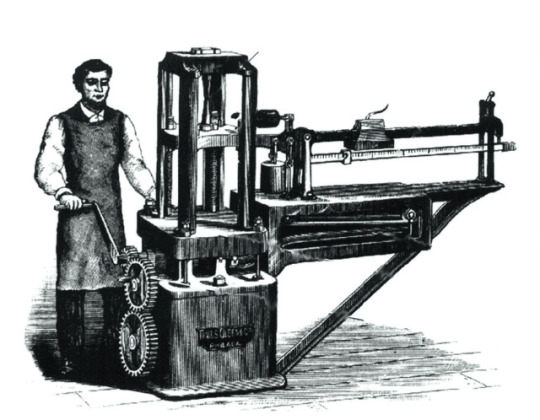
On Feb 6th 1880 Olsen submitted a patent application for a ‘new and useful improvement in testing machines.' The Little Giant universal testing machine could accurately perform tensile, transverse, & compression tests in one instrument
https://www.tiniusolsen.com/our-company/history
#testing#history#improvement#patent#investment#loadtesting#productivity#machine#design#innovation#engineering#universal#quality#tests
0 notes
Photo

The SL series features patented dual-pressure hydraulic loading system in a rugged four-column construction. Our Horizon materials testing software allows various basic and comprehensive tests
https://www.tiniusolsen.com/tinius-olsen-products/tensile-compression-tinius-olsen/sl-series-material-test-machine
#testing#software#design#hydraulic#materialstesting#machinetools#tests#precision#hydraulics#manufacturing#aerospace#loadtesting#automotive#performancetesting#materials
0 notes
Photo

Strength of materials is an important component of automotive safety, with international standards in place to ensure performance of these materials. Tinius Olsen's materials testing experience is a vital cog within this global wheel
https://www.tiniusolsen.com
#automotive#safety#materialstesting#machinetools#hydraulic#precision#materials#metals#manufacturing#aerospace#systems#testing#automation#plastics#productivity#medicaldevices#quality
0 notes
Photo

Tinius Olsen helps the aerospace industry make extensive use of nondestructive testing techniques, which is vital for aerospace components that are low volume and high cost
https://www.tiniusolsen.com
#testing#aerospace#safetyfirst#machinetools#hydraulic#precision#calibration#manufacturing#automation#plastics#medicaldevices#test#capacity#packaging#components#productivity#automated#quality#materialstesting#materials#automotive#machines#aerospaceindustry
0 notes
Photo
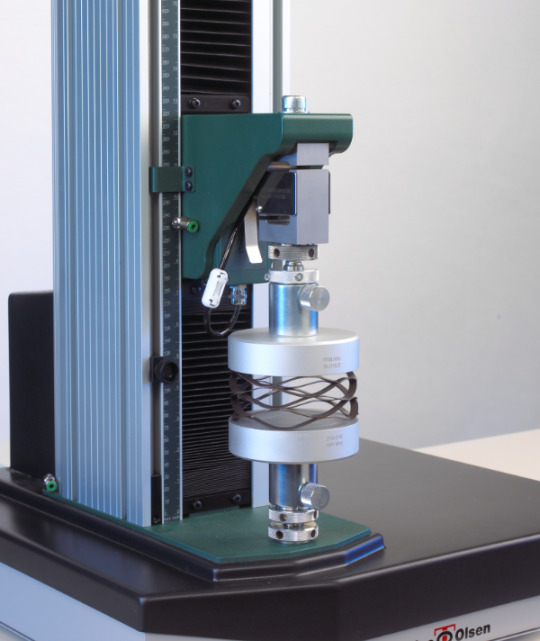
The Tinius Olsen 5ST electromechanical testing machine has 4 full-length T slots in the machine column to securely mount accessories to the test frame, which can be extended by up to 254mm/10 inches to increase the test area size
https://www.tiniusolsen.com/list-of-products/model-5-st
#testing#ukmfg#quality#machinetools#hydraulic#materialstesting#calibration#manufacturing#aerospace#performancetesting#compression#test#tests#precision#machines#materials#capacity
0 notes
Photo
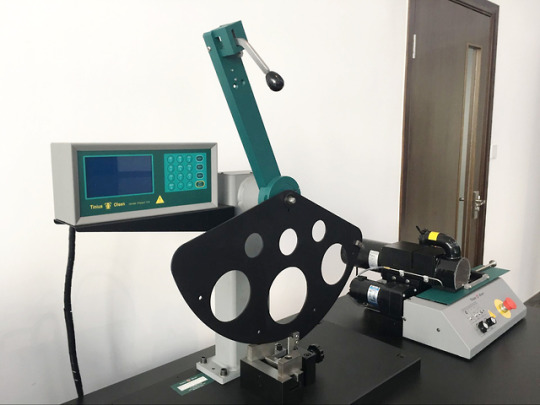
Tinius Olsen manufactures several high capacity pendulum impact testers, which come in several capacities, primarily for determining impact resistance of metals
https://www.tiniusolsen.com/tinius-olsen-products/impact-systems
#metals#testing#impact#machines#manufacturing#materials#plastics#tests#test#designed#performancetesting#medicaldevices
0 notes
Photo

Testing the static characteristics of springs, failure tests of parts and strength evaluations of materials—including metals, plastics, rubbers and films—is necessary within automotive production
https://www.tiniusolsen.com/list-of-products/non-contact-video-extensometer
#precision#accurate#epsilon#materials#machines#plastics#manufacturing#calibration#testing#medicaldevices#packaging#test#tests#automotive#electromechanical#production#performancetesting
0 notes
Photo
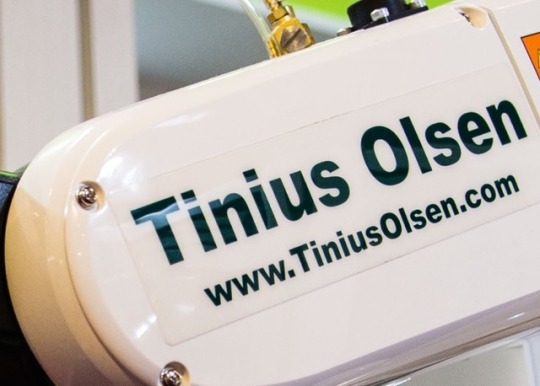
Tinius Olsen is the leading specialist manufacturer and supplier of static tension and/or compression materials testing machines for use in research and quality control departments to measure material’s strength and product performance
https://www.tiniusolsen.com/tinius-olsen-testing-machine-company
#testing#quality#materials#machines#qualitycontrol#manufacturing#performance testing#medicaldevices#plastics#packaging#compression#manufacturer
0 notes
Photo
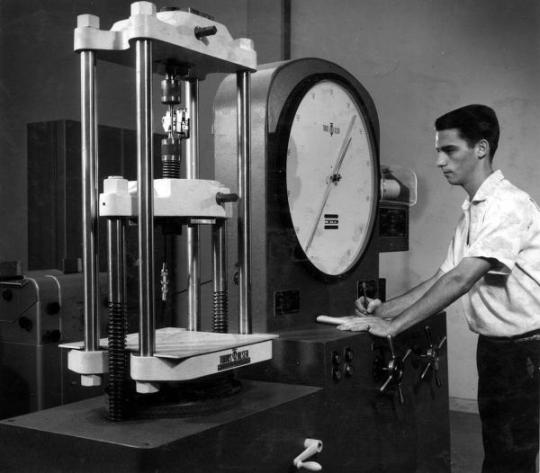
An engineering student poses next to a Tinius Olsen tensile testing machine at Fullerton College, Orange County California in c1960's. The machine was still in use on the campus in the early 2000's @FullColl
http://libraryfchistory.fullcoll.edu/photos.php?image_id=654
#history#heritage#quality#materials#machinetools#testing#manufacturing#electricaltesting#tests#medicaldevices
0 notes
Photo

Tinius Olsen automated materials testing systems are designed with ambition for ambition, for businesses who are clear on making a focused investment to attain a step change in productivity within their test lab https://www.tiniusolsen.com/tinius-olsen-products/automated-system
#testing#automation#software#calibration#materialstesting#systems#softwaretesting#productivity#electricaltesting#performance testing#loadtesting#businesses#focused#automate#investment
0 notes